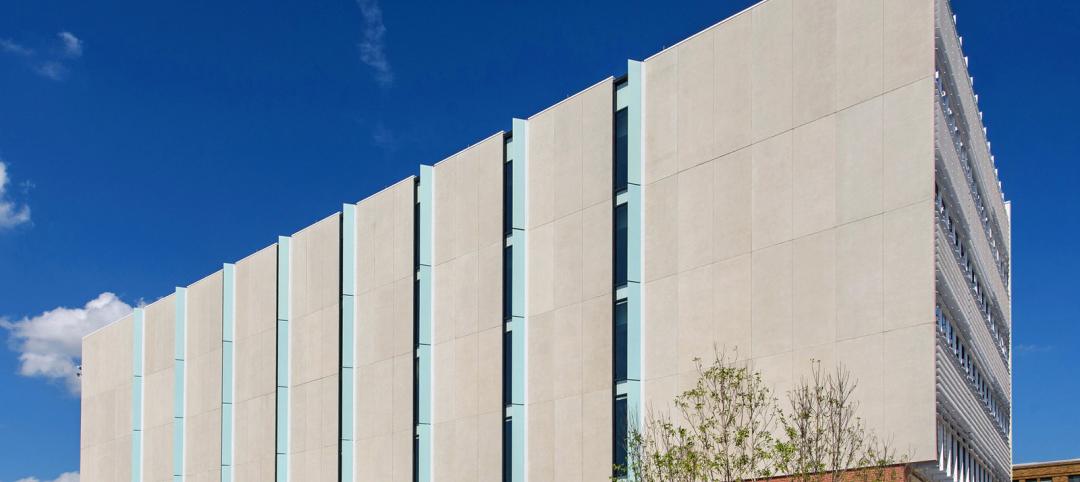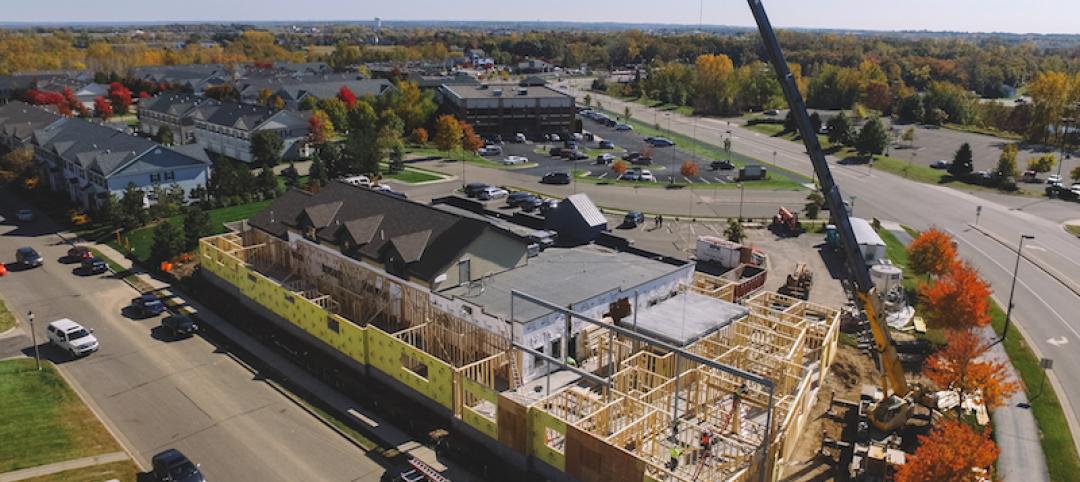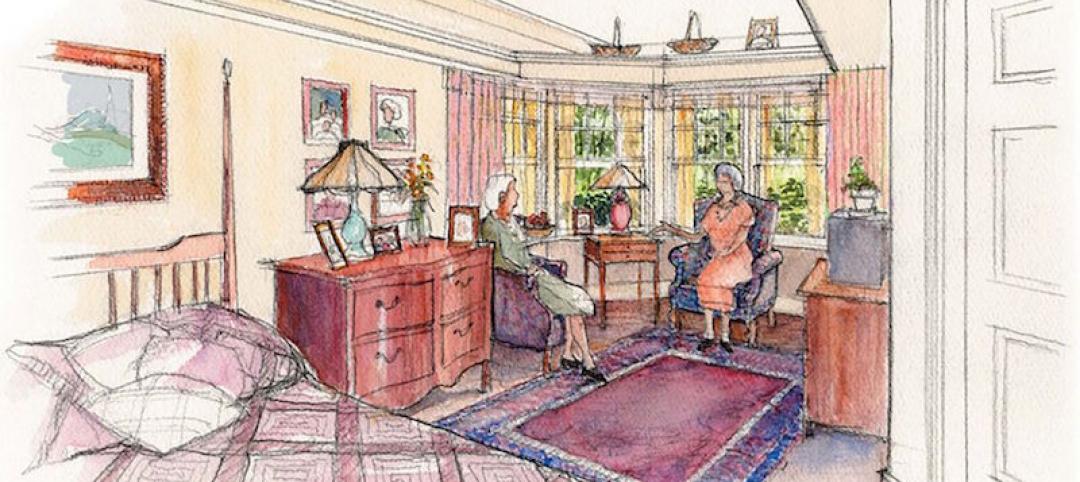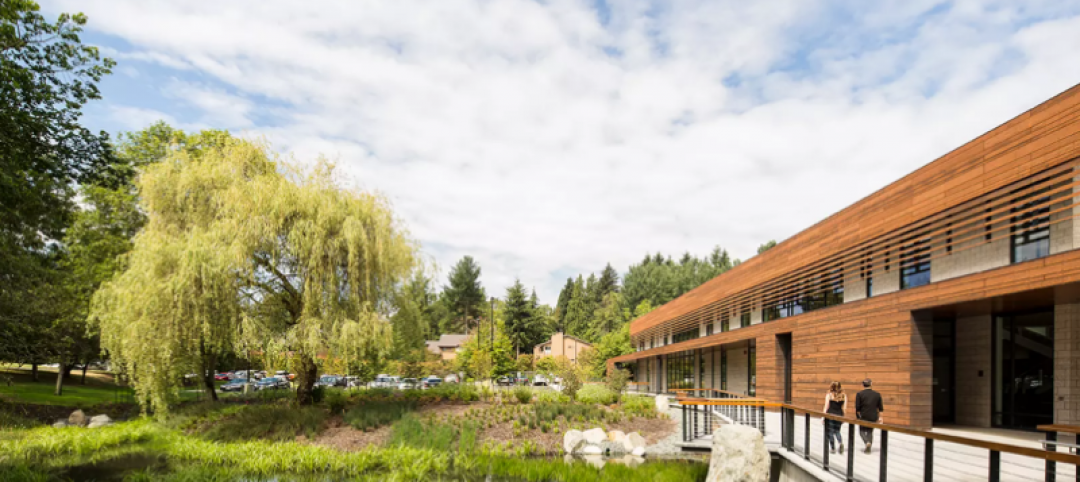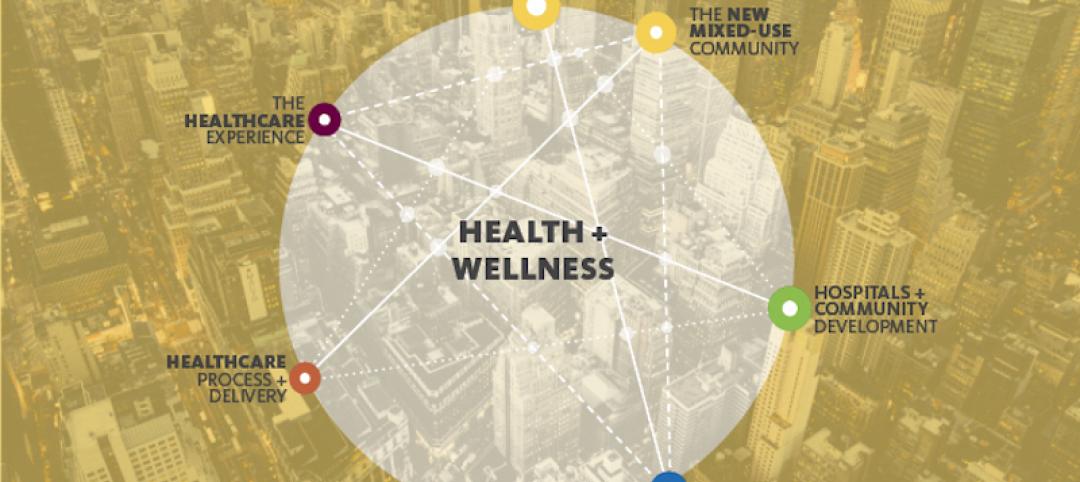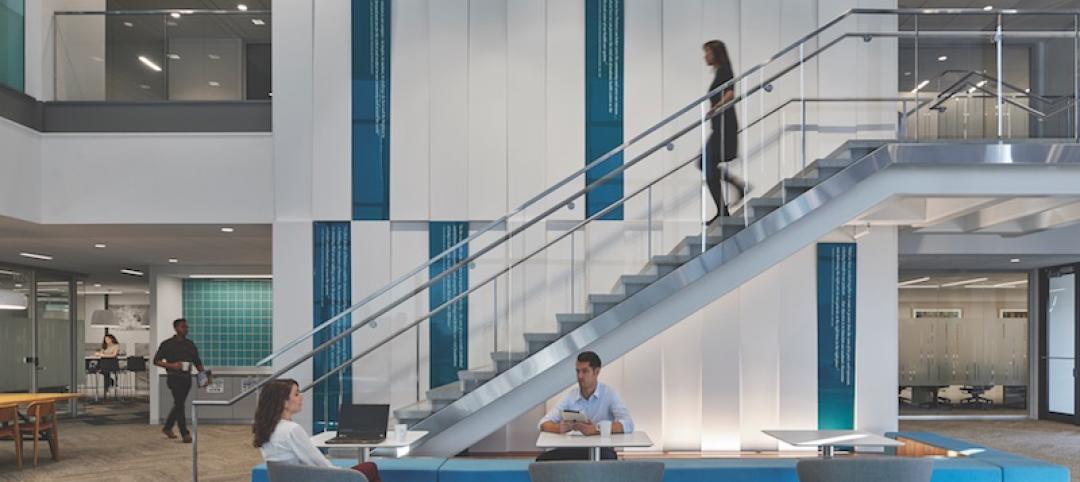Faced with the complexities of value-based payment models and the uncertainties surrounding healthcare reform, the nation's healthcare delivery systems are taking the long view of their operations.
“They're looking at everything from organizational structures, staffing, and services, all the way down to the cost of building and operating a facility,” says Mike Zorich, PE, LEED AP, Client Executive with engineering firm IMEG.
Case in point: Boston Medical Center's multi-year campus consolidation will trim its footprint by 60 beds and 329,000 sf, saving $25 million a year in operating costs.
See also: Top 160 Healthcare Architecture + AE Firms - 2018 Giants 300
See also: Top 90 Healthcare Engineering + EA Firms - 2018 Giants 300
See also: Top 105 Healthcare Construction + CM Firms - 2018 Giants 300
Academic medical centers are also modernizing. The IPD team for Sutter Health’s California Pacific Medical Center, San Francisco—which includes SmithGroupJJR, Boulder Associates, and HerreroBOLDT—is building two replacement hospitals, closing an existing campus, and converting another one from inpatient to outpatient care.
“We are quickly transitioning from patient-centered to patient-driven care,” says Heather Chung, EDAC, LEED AP, VP/Health Studio Leader, SmithGroupJJR. “Patients are changing what it means to be accessible and convenient and are shaping what healthcare providers deliver.”
“The healthcare market continues to reach further into communities and away from the traditional hospital for many front-line services,” says IMEG’s Zorich. “Healthcare buildings used to be designed for more than 50-year life spans, but many of the smaller off-campus outpatient facilities are now looking at 20 years or less.”
An emphasis on reducing costs and improving efficiency is fueling the use of Lean construction and prefabrication.
Prefab helped Skanska shave more than $200,000 in construction costs off a 444,000-sf hospital expansion at the University of Virginia Health System, Charlottesville. “Laser scanning identified opportunities for the prefabrication of materials alongside critical in-place infrastructure that could not be interrupted,” says Andrew Quirk, Senior Vice President and National Director of Skanska USA’s Healthcare Center of Excellence.
AEC firms are also stepping up the use of VR and AR tools. “Not only can VR and AR help our clients understand department layouts, adjacencies, workflows, and finishes during the design process, but clients can continue to use these tools to maintain and operate their facilities more efficiently,” says Mike Stapf, Vice President, Design Integration, McCarthy Building Companies.
doubling down ON RESILIENCE, collaboration
Resilience is guiding the design of healthcare facilities, particularly in regions vulnerable to extreme emergency events. “Healthcare facilities need to maintain services during and after extreme events, and this drives priorities in a very different direction than before,” says Pat Bosch, LEED AP, Design Director, Perkins+Will, Miami.
In South Texas, P+W is leading the expansion of Christus Spohn Hospital Corpus Christi–Shoreline, a pilot project using the RELi rating system. RELi helps project teams plan for hazards and emergencies that could cut power and heat or compromise a building’s functionality.
The hospital's leaders recognized the facility's role as a regional command center in the event of a natural disaster or terrorist threat and as a place of refuge. "They identified resilient design as a top priority," says Julie Frazier, Associate Principal, Perkins+Will, Dallas.
Masonry skin, impact-resistant glazing, and galvanized exposed metals will protect the 10-story structure during extreme events. If HVAC systems are knocked out of service, reflective roof surfaces will minimize heat gain; sun-shading devices will filter natural sunlight on patient floors. Several days' provision of food and water will be stocked.
Another new healthcare design trend: translational medicine, which brings researchers and clinicians under the same roof to hasten discoveries that accelerate individualized patient treatments.
“Just as the AIDS epidemic needed a new way of thinking, cancer care and clinical care in general need a new way to take advantage of advanced technology and research methods to deliver innovative, personalized care and treatment for their patients,” says Hank Adams, AIA, ACHA, EDAC, Global Director of Health at HDR.
Transdisciplinary integration is breaking down the physical and organizational barriers that have traditionally separated these areas, to speed up the development of life-saving therapies.
“The merging of patient care, education, and science into one contiguous platform is the future of academic medicine,” says Scott Rawlings, AIA, FACHA, LEED AP, Director of Healthcare with HOK.
“Leading institutions are finding that focusing superspecialties into one building that combines clinical care, trials, research, and education enables them to quickly translate basic research findings into prevention and treatment and to enhance patient care,” says Rawlings.
Related Stories
Healthcare Facilities | Aug 2, 2017
The Patient-Centered Care Learning Center will help address the shortage of doctors in Missouri and the U.S.
The new BNIM-designed facility brings almost 100,000 sf of space for patient-centered care and classrooms.
Healthcare Facilities | Aug 1, 2017
An animal care facility expands with a human touch
New equipment and surgery suites exceed what’s found in most vet clinics.
Senior Living Design | Jul 31, 2017
How technology will change senior care
When a family member can no longer be cared for in their current home, they require specialized care that is only available in a long-term care center.
Healthcare Facilities | Jul 25, 2017
Healthcare technology: Preparing for the world of tomorrow
This article outlines the current data center landscape in the healthcare sector, industry trends, and challenges and opportunities new technologies present to the healthcare space.
Healthcare Facilities | Jul 24, 2017
AIA selects seven projects for Healthcare Design Awards
The facilities showcase the best of healthcare building design and health design-oriented research.
Accelerate Live! | Jul 6, 2017
Watch all 20 Accelerate Live! talks on demand
BD+C’s inaugural AEC innovation conference, Accelerate Live! (May 11, Chicago), featured talks on machine learning, AI, gaming in construction, maker culture, and health-generating buildings.
Healthcare Facilities | Jun 29, 2017
Uniting healthcare and community
Out of the many insights that night, everyone agreed that the healthcare industry is ripe for disruption and that communities contribute immensely to our health and wellness.
Industry Research | Jun 27, 2017
What does the client really want?
In order to deliver superior outcomes to our healthcare clients, we have to know what our clients want.
Building Team Awards | Jun 8, 2017
Quick turnaround: Partners HealthCare
Silver Award: A 2½-year project brings Partners HealthCare’s sprawling administrative functions under one roof.
| May 30, 2017
Accelerate Live! talk: Health-generating buildings, Marcene Kinney, Angela Mazzi, GBBN Architects
Architects Marcene Kinney and Angela Mazzi share design hacks pinpointing specific aspects of the built environment that affect behavior, well-being, and performance.



